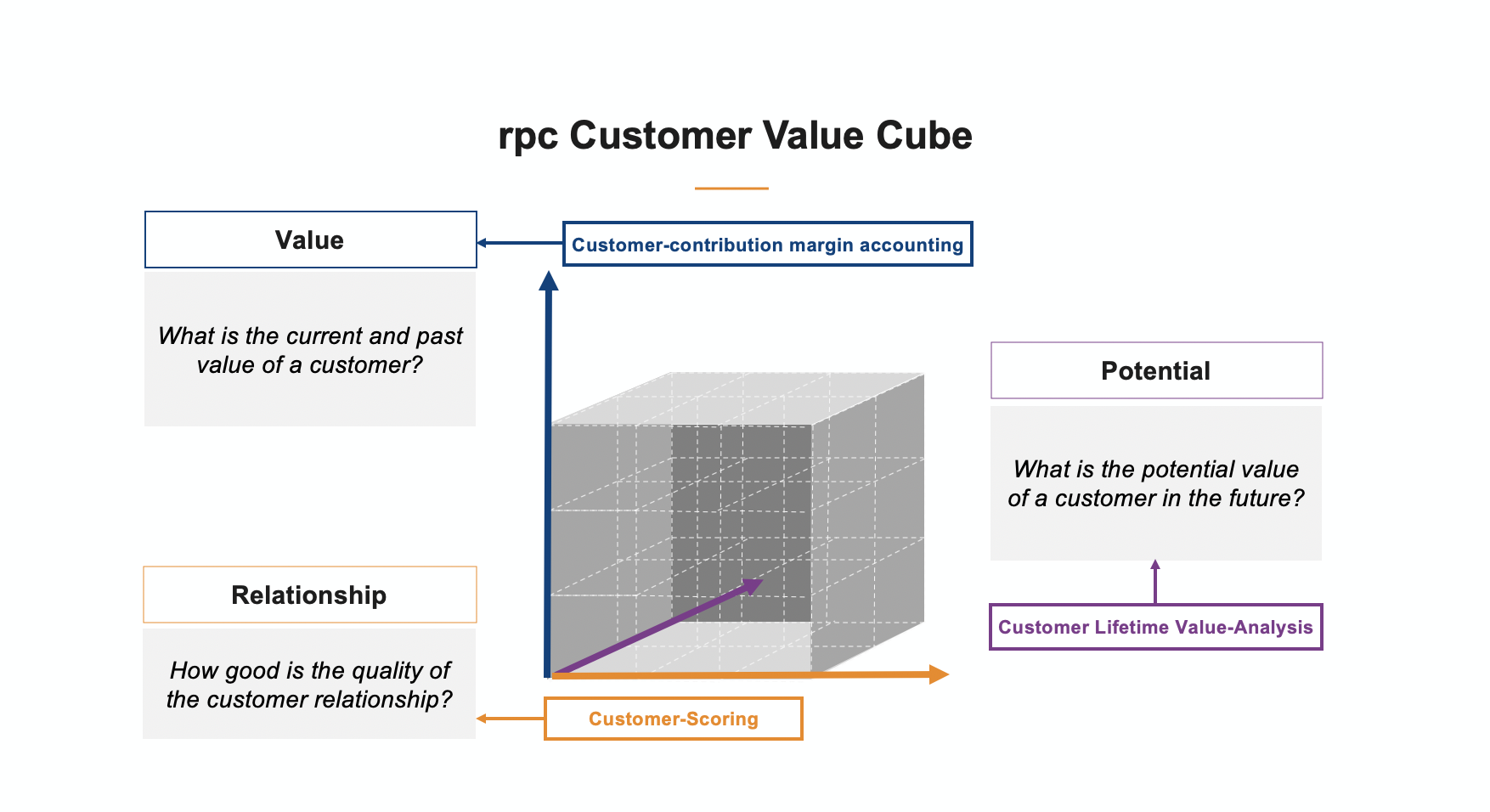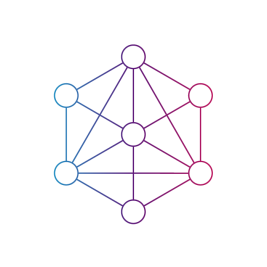
Increased customer value with advanced analytics
Challenges
Our client was challenged to orchestrate customer communication and set up project management that worked. In 2018, an in-house analytics project team was created in order to determine the lifetime value of each customer.
However, the generated analytical insights could not be successfully transferred into ongoing campaign management and did not cover customer relationships.
In 2019, the project restarted, with rpc as consultants, with a stronger focus on use cases and agile project management.
Approach in detail
Status quo analysis
We interviewed 20+ key stakeholders across the organization in order to gain an understanding of organizational processes, IT infrastructure and databases. We identified 30 measures and 4 key levers to successfully restart the project
Customer insights and analytics
We supported the implementation of an analytical approach to evaluate and steer customers. We initially revised the existing CLV logic and introduced an extension to a three-dimensional customer value cube (value, potential and relationship). The existing next best offer logic was challenged together with the project team.
Agile project management setup
We introduced an agile organizational setup, which aimed at quick wins by transforming project goals into feasible use cases.
Fig. 1:
The rpc Customer Value Cube enables a company to gain a comprehensive and precise evaluation of its customers.
Created impact
Data-driven customer steering lays the foundation for companies to improve customer understanding and communication long term.
definiton
of top use cases for execution
implementation
of the customer value cube
set up
of agile project management
Whitepaper: What is the value of customer relations?
Customer acquisition and customer relationship management often cost companies more than they earn them. How can companies make the best possible decision as to which customers are truly worth higher expenditure? Data-driven customer value analysis from rpc delivers the answers. It shows the current and future value of a customer relationship. This allows decisions on customer retention and acquisition to be made in a way that maximizes value.












